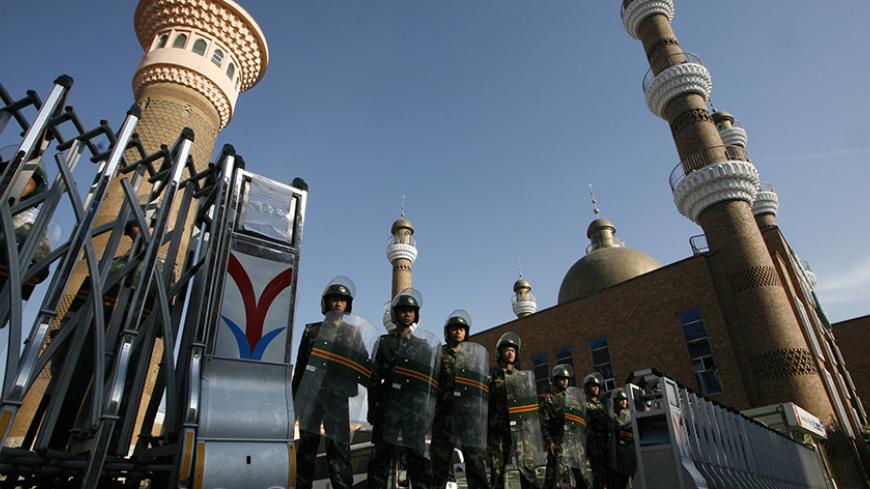Not only the West fears the return of their citizens after they have joined the jihadists in Syria and Iraq. We sometimes read about Russian concerns over the significant role Chechens play in the Islamic State (IS) and Jabhat al-Nusra. But because of restrictions by the Chinese government on the media, we rarely hear about the turmoil closely linked to the jihadist war in Iraq and Syria that takes place in the Xinjiang Uighur Autonomous Region in northwest China.
The name of the place where the Uighurs live is disputed. The Chinese call the region Xinjiang, which means “newly recovered lands.” However, according to the Uighurs of Turkic origin, the area where nomadic Turks first settled is called East Turkistan. In recent years, there has been constantly increasing tension in Xinjiang/East Turkistan, which has gone largely unnoticed because of media restrictions in China. Interestingly, the IS flames in Syria and Iraq are felt thousands of miles away in Xingjian/East Turkistan.



